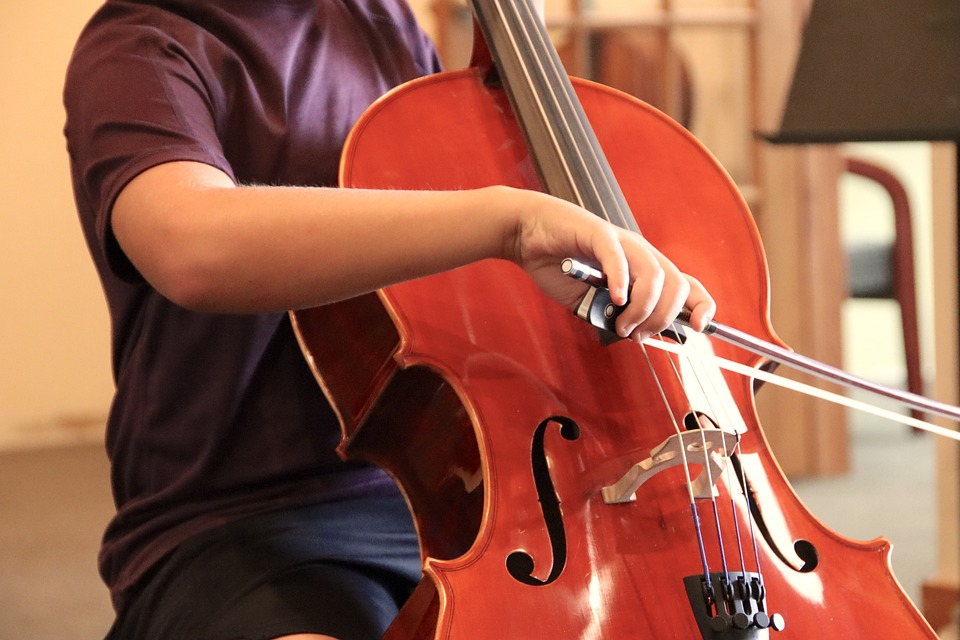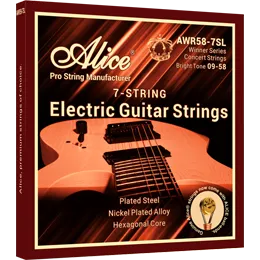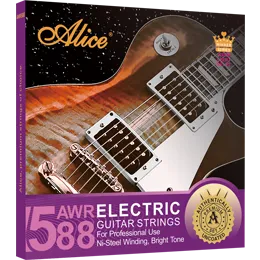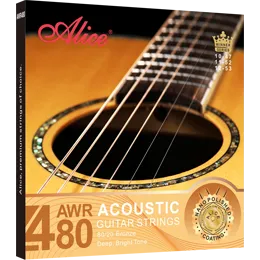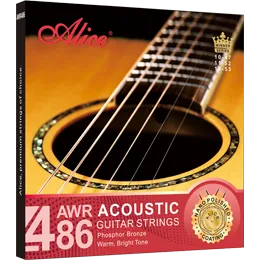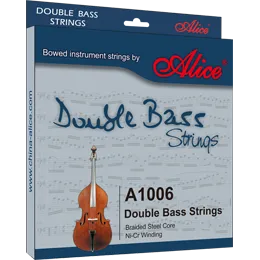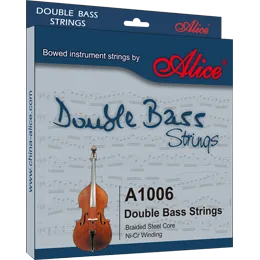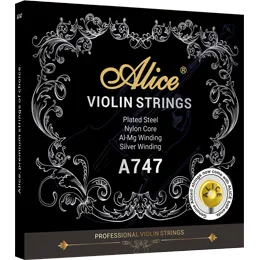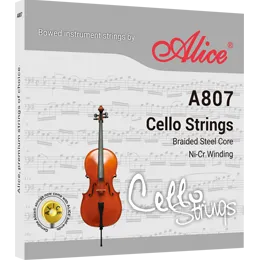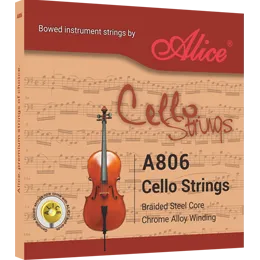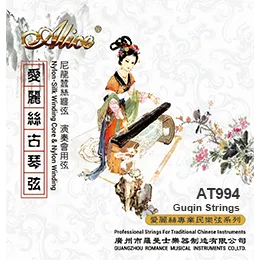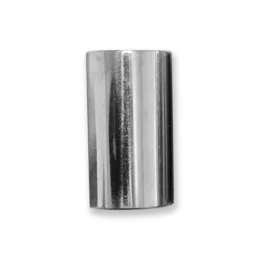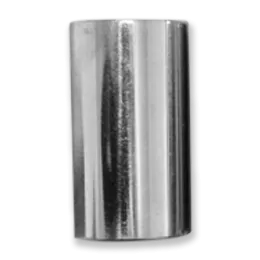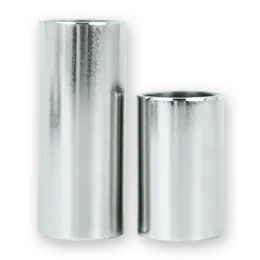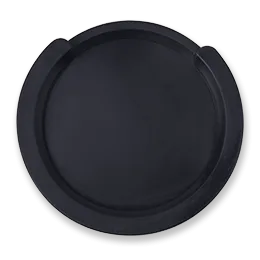What Is a Guitar Capo Used For?
Whether you're a beginner picking up your first acoustic guitar or a seasoned player exploring new arrangements, you've likely seen or heard of a capo. But what exactly is a guitar capo, and why do so many musicians rely on it?
What Is a Guitar Capo?
A guitar capo (pronounced kay-poh) is a small clamp-like device that attaches to the neck of a guitar. Its main purpose is to shorten the playable length of the strings, effectively raising the pitch of the open strings. In simple terms, it acts like a movable nut.
When you place a capo on a fret, it presses all the strings down at that position. This means the strings sound higher in pitch than they normally would when played open. For example, placing a capo on the 2nd fret raises the pitch of all the strings by a whole step (two semitones).

(Capo For Classical Guitar A007V-C)
What Is a Guitar Capo Used For?
Now that we know what a capo is, let’s explore why guitarists use it. A capo isn’t just a shortcut for beginners—it’s a versatile musical tool that offers a wide range of benefits across all skill levels.
1. Changing Key Without Changing Chords
One of the main uses of a capo is to change the key of a song without having to learn new chord shapes. This is particularly helpful when:
Singing in a different vocal range: Suppose a song is in C major, but it’s too low for your voice. Place a capo on the 2nd fret and play the same chord shapes—you'll now be playing in D major.
Playing with other instruments: If you're accompanying a singer or a band and need to match their key quickly, the capo allows instant transposition.
This is why many singer-songwriters and acoustic performers always keep a capo handy.
2. Simplifying Difficult Chords
Using a capo lets you play easy chord shapes in otherwise difficult keys. For example, the key of B major has complex barre chords, but with a capo on the 2nd fret, you can play in A major shapes and sound in B major.
This is especially useful for beginners, who may struggle with barre chords but still want to play full songs.
3. Achieving a Brighter Tone
Placing a capo higher up the fretboard gives the guitar a brighter, chimier tone—similar to that of a mandolin or ukulele. This tonal shift is often used in genres like:
Folk
Pop
Country
Worship music
It’s also great for recording layered parts—you can record one guitar without a capo and another with a capo higher up the neck to add sonic contrast.
4. Creating Unique Voicings and Sounds
Capos enable creative chord voicings that would otherwise be very difficult or impossible to play. Many guitarists, especially fingerstyle players, use capos in non-standard positions (partial capos or inverted capos) to explore alternate tunings and open-string harmonies.
Some advanced players even use multiple capos or partial capos to simulate alternate tunings without actually retuning the guitar.
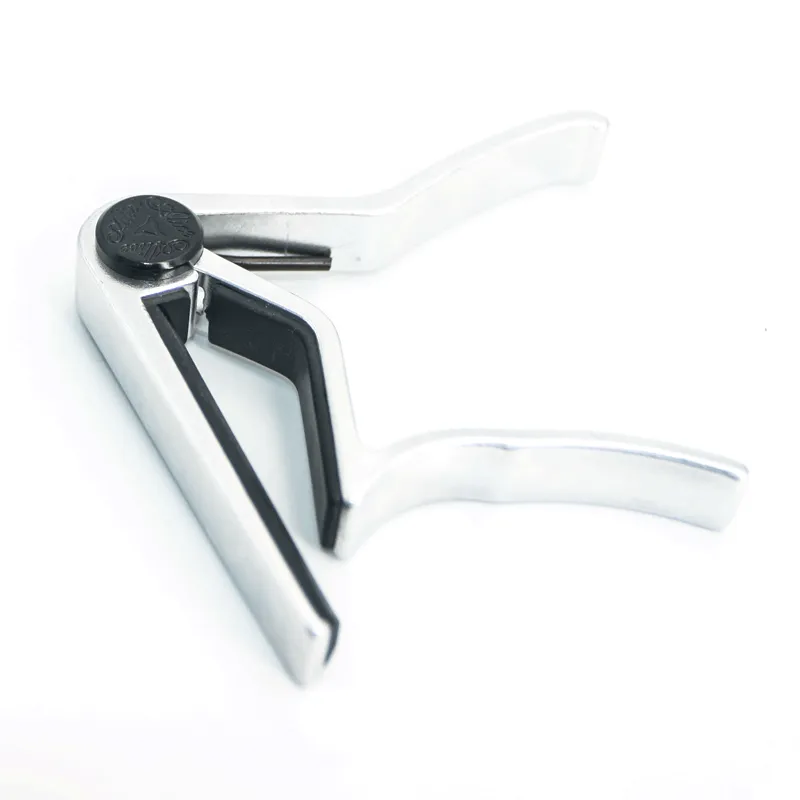
(Capo For Classical Guitar A007D-C)
How to Use a Capo
Using a capo is simple:
Choose the fret you want to place the capo on.
Attach the capo just behind the chosen fret (closer to the tuning pegs), not directly on top of it.
Ensure even pressure across all strings to avoid buzzing or muted notes.
Retune if necessary – sometimes a capo can slightly pull the strings sharp.
There are various types of capos, including:
Spring-loaded capos: Easy to use with one hand.
Screw-on capos: Allow precise tension adjustment.
Trigger-style capos: Quick and reliable.
Partial capos: Cover only certain strings for special tunings.
Each type has its benefits depending on your needs and playing style.
Common Myths About Capos
Some believe that using a capo is “cheating” or only for beginners. This couldn’t be further from the truth. Professional musicians across genres use capos, Capos are a tool, just like a guitar pick or pedal—using one strategically shows musical awareness, not laziness.

(Alice celluloid guitar picks)
When Not to Use a Capo
While capos are incredibly useful, they’re not always appropriate:
If you’re trying to develop finger strength, it's good to practice barre chords without relying on a capo.
In jazz or classical music, you often need full fretboard access and specific voicings that don’t benefit from a capo.
If you’re using alternate tunings, be careful—the capo can alter your tuning unintentionally if not placed correctly.
Final Thoughts
A guitar capo is one of the simplest yet most versatile accessories you can own. It opens up your musical possibilities—whether you're adjusting to a singer’s key, creating layered sounds, or simply making songs easier to play.
From beginners to professionals, a well-placed capo can transform your guitar playing, helping you sound better and play more comfortably. So if you’ve never used one, it’s time to give it a try and explore the new creative horizons it can offer.
And when you're ready to choose a capo you can rely on, consider Alice Capo—engineered with precision, built for comfort, and trusted by musicians worldwide. Whether you're on stage, in the studio, or just strumming at home, Alice Capo helps you play your best.
Relate News


Phosphor Bronze Strings vs. 80/20 Bronze Strings: Which Should You Choose?
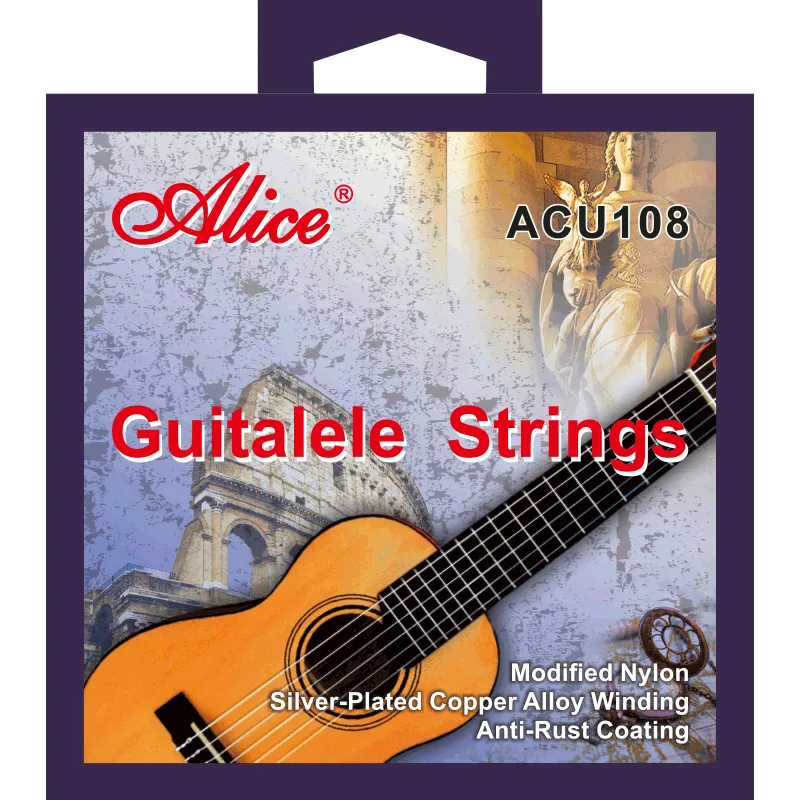
What is the Difference Between Guitar Strings and Guitalele Strings?
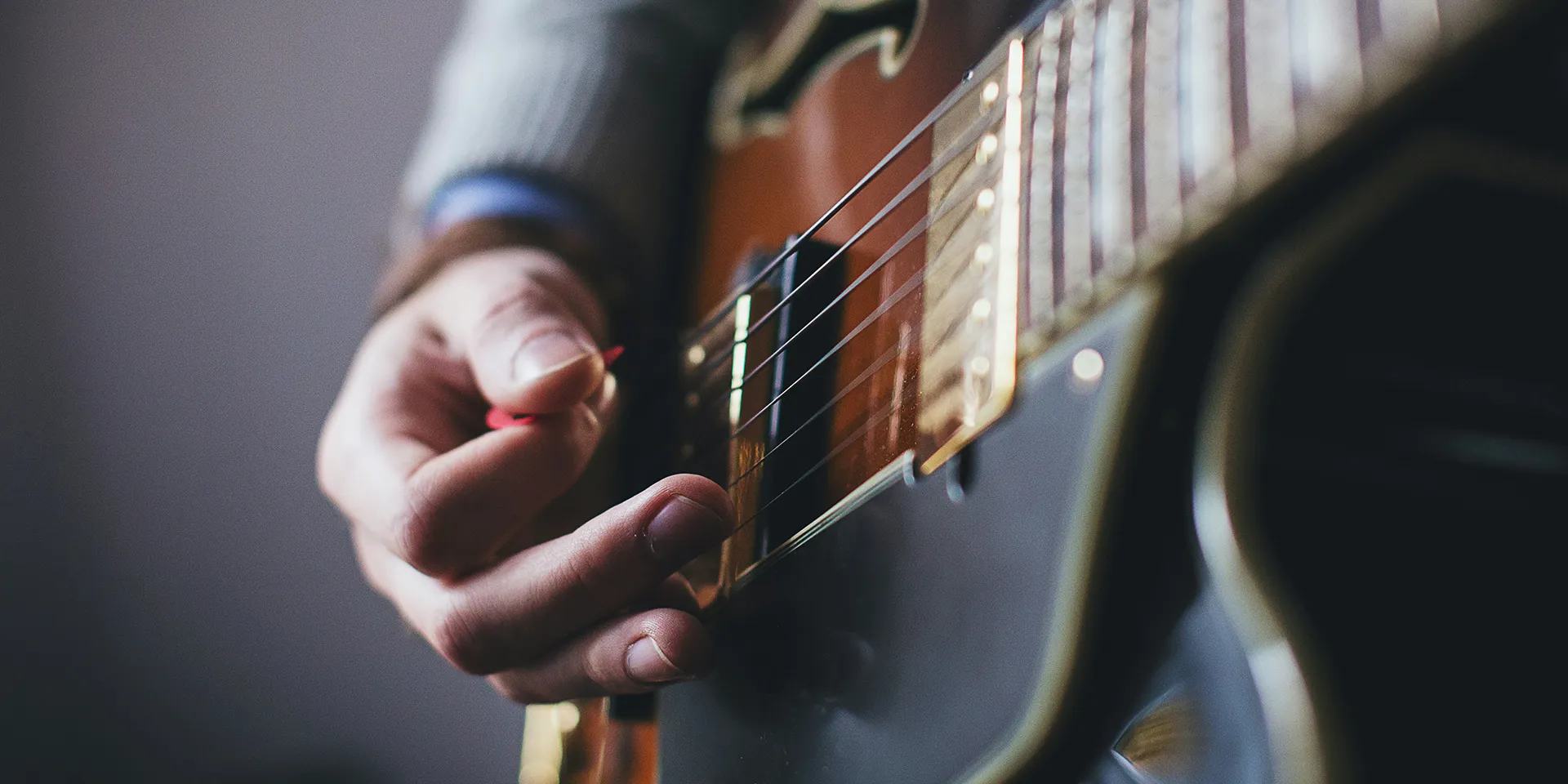
How to Choose the Right Guitar String Gauge: Light, Medium, or Heavy?

What Strings Are Best for an Acoustic Guitar?
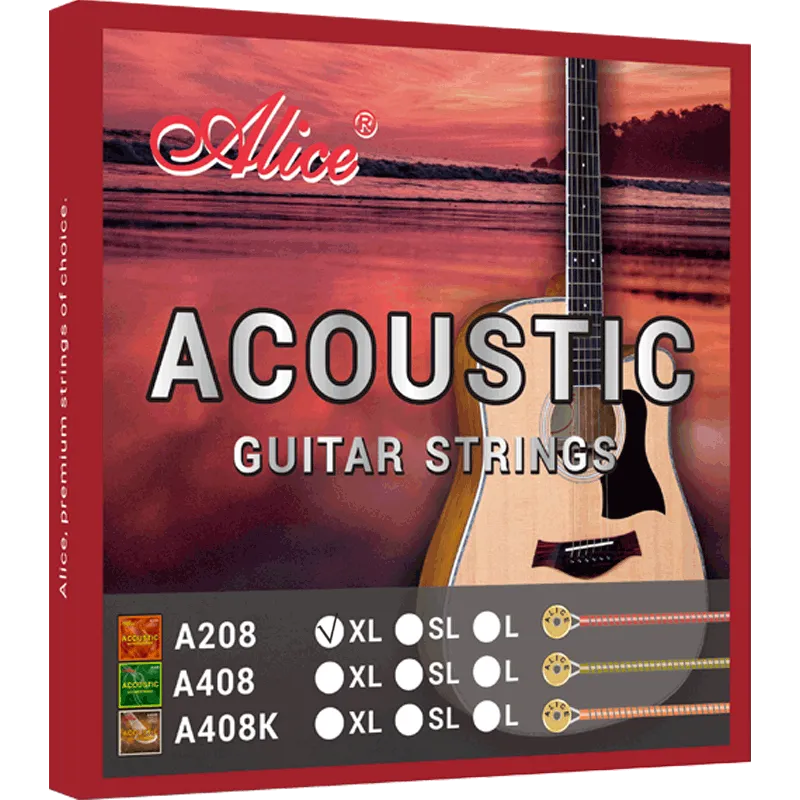
Electric Guitar Strings vs Acoustic Guitar Strings Difference, and Can Swap Them?
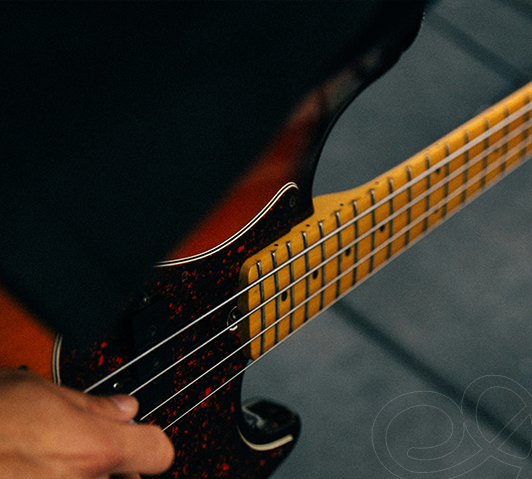
Guitar String Guide: Top Picks for Electric, Acoustic, and Classical Guitars
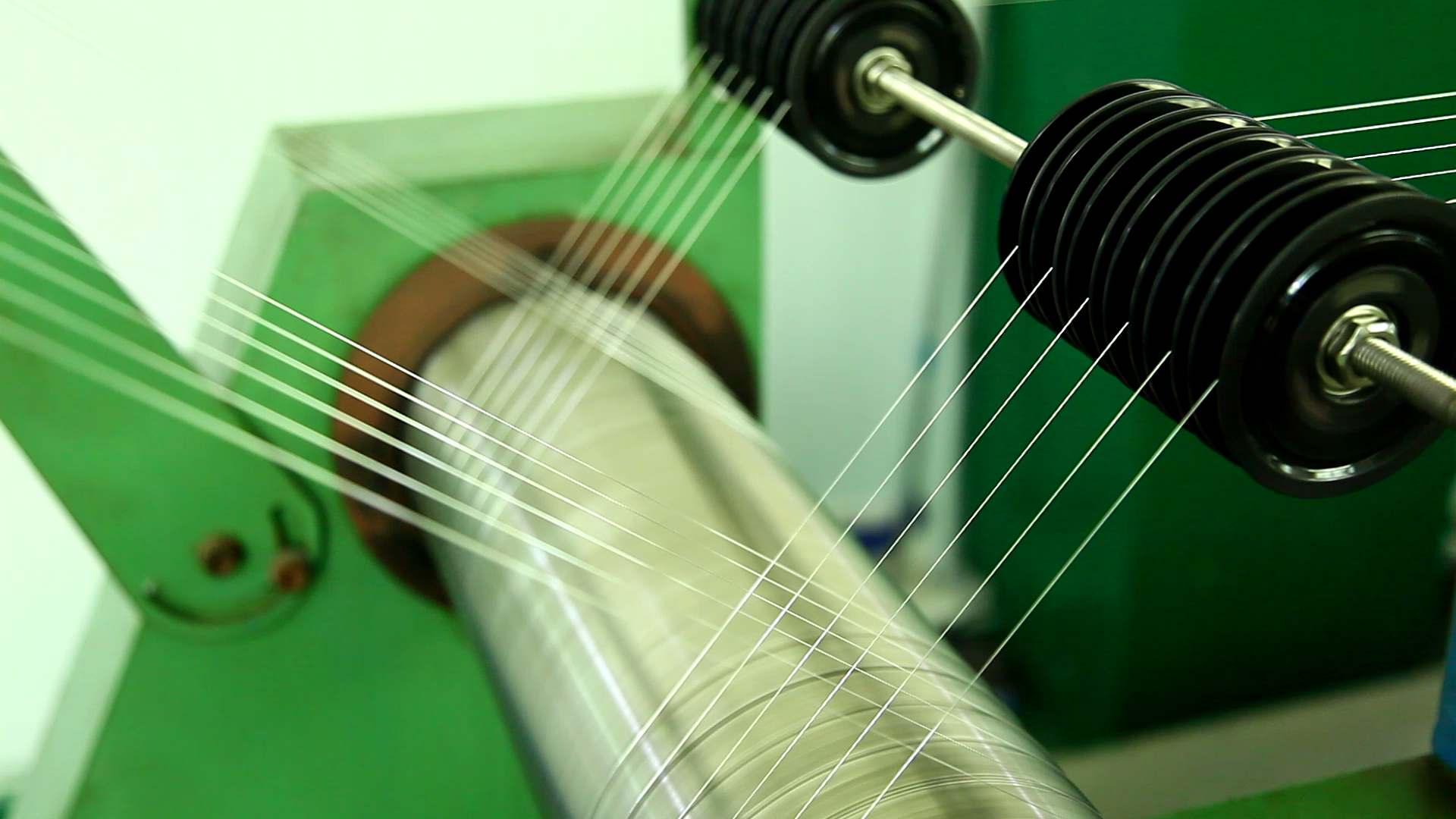
Alicestrings Guitar Strings Collection 2023

Alice String Set FAQs: All about Guitar/Oud/Bowed Instruments

[Guide] How to Properly Tune a Cello
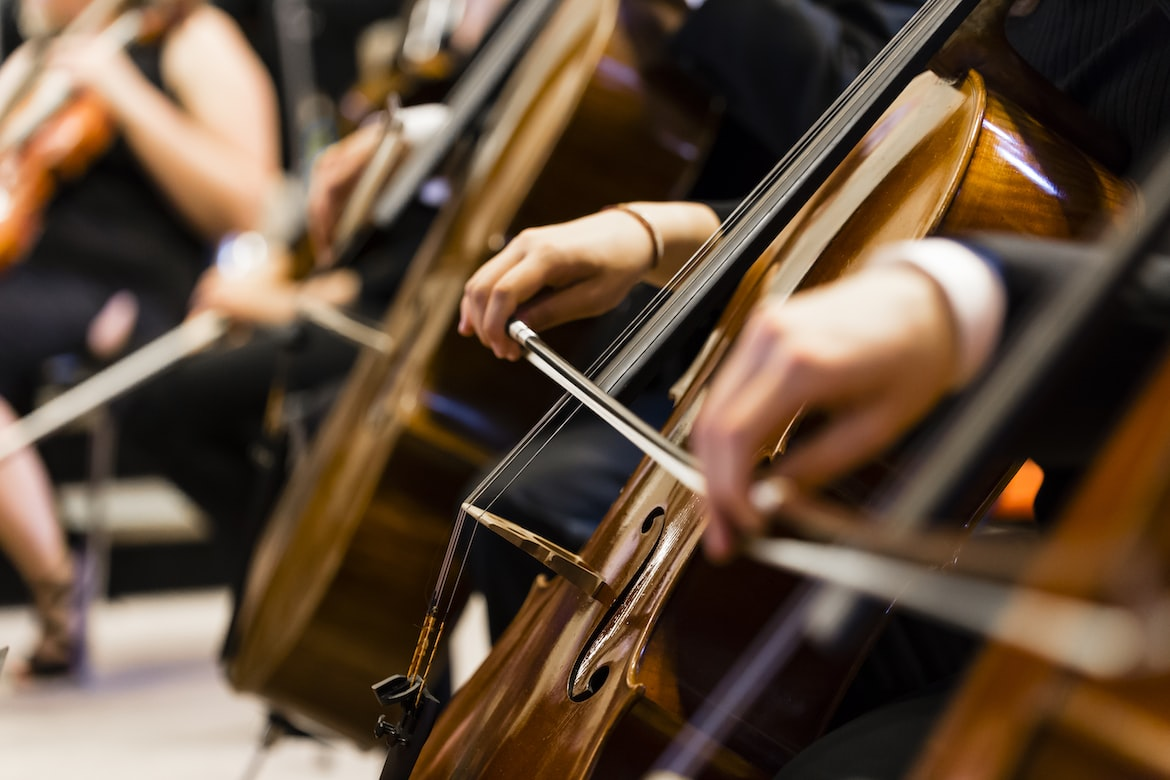
How to Choose the Right Cello Strings
